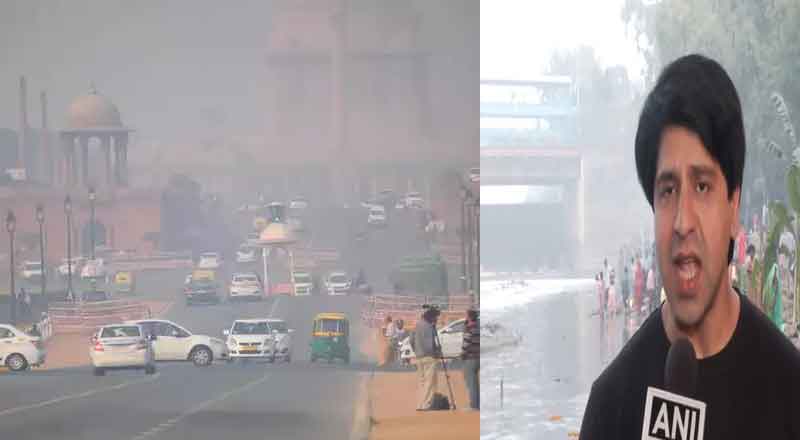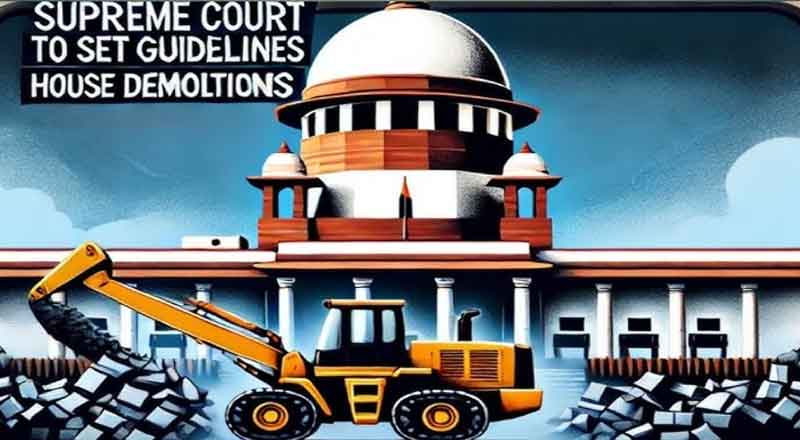As our analysis indicates, the seeming bonhomie between the Bharatiya Janata Party (BJP) and the Bahujan Samaj Party (BSP) is likely to be driven by the electoral maths of phases 6 and 7 in Uttar Pradesh.
As the campaign to win the crucial state of Uttar Pradesh enters its final stretch, the key question every election enthusiast after five phases of polling seems to be asking is which party is ahead and by how much. Can the election get overturned in the remaining two phases, if it has been a tightly contested election thus far? Why are Amit Shah and Mayawati making subtle praises towards the other? Seasoned politicians rarely do anything like this without some motives. As our analysis indicates, the seeming bonhomie between the Bharatiya Janata Party (BJP) and the Bahujan Samaj Party (BSP) is likely to be driven by the electoral maths of phases 6 and 7 in Uttar Pradesh.
In a previous piece discussing various scenarios of the possible outcome in UP elections, we posited that the state could see a bipolar contest between the BJP and its chief rival Samajwadi Party (SP). This bipolarity is a crucial element in SP putting itself forward as the key challenger to the BJP. However, the last two phases can complicate this phenomenon, given that the vote share of the non-BJP and non-SP parties were highest in this region. Furthermore, like the rest of the state in 2017 the BJP won maximum number of seats in these phases as well, but its vote share was comparatively lower in eastern UP compared to central and western Uttar Pradesh.





